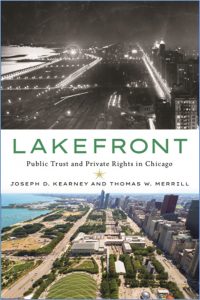Yesterday, the Supreme Court granted certiorari in two new cases that will test the limits of the Court’s important 2010 ruling in Graham v. Florida, which banned the sentence of life without possibility of parole for most juvenile offenders. Graham recognized an exception, however, for juveniles convicted of homicide. It is this exception that is at issue in the two new cases, both of which involve fourteen-year-old killers.
The two cases are Miller v. Alabama (opinion below: 63 So. 3d 676 (Ala. Crim. App. 2010)) and Jackson v. Hobbs (2011 Ark. 49). The question granted in each case is the same, and they are to be argued together. It appears that the defendants are presenting a categorical challenge to the constitutionality of “LWOP” as applied to fourteen-year-olds.
In Graham, the Court used the categorical approach to Eighth Amendment analysis for the first time outside the death-penalty context, so we know that the Court is open to the idea of protecting particular classes of offenders from LWOP. But the Court also heavily emphasized the homicide-nonhomicide distinction — are the justices prepared to reject or blur that bright line so soon after drawing it?
In the defendants’ favor is their very young age. There are precious few fourteen-year-olds who are convicted as adults of homicide, so the Court could carve out the very young from the Graham distinction without affecting many cases. But that will just invite a fresh set of challenges from fifteen-year-olds, and then sixteen-year-olds, and then seventeen-year-olds. Any line drawn based on chronological age is bound to be somewhat arbitrary, and the Court may not want to head down a path that will eventually require such a line to be drawn.
There may also be distinctions to be drawn based on the type of homicide crime. In this regard, Miller seems differently situated than Jackson (which may explain why the Court took both cases for argument on the merits). Both were convicted of capital murder, but Jackson on a more technical, felony-murder theory; he was a minor accomplice in an armed robbery that went bad. Miller, however, was more directly responsible for his murder and even made a statement indicating an intent to kill. It might be possible in the juvenile LWOP context to draw a protective rule for relatively low-culpability accomplices, much as the Court has already done for adults in the death-penalty setting.
There are a lot of different directions the Court might go in these two cases. However they turn out, the one thing for certain is that Justice Kennedy will be in the majority.
Cross posted at Life Sentences Blog.

